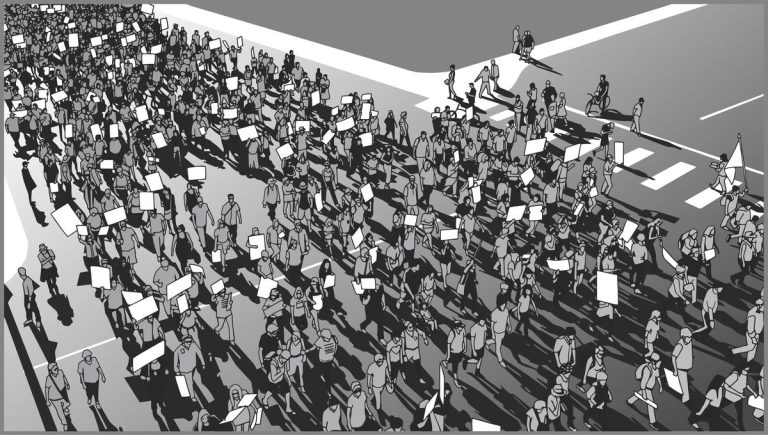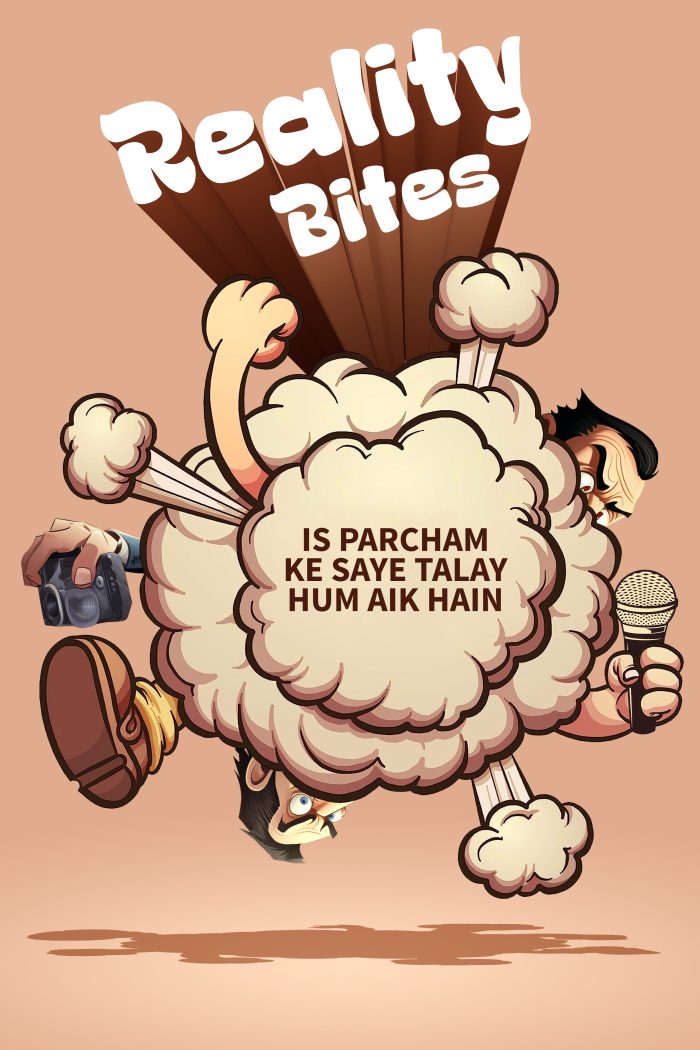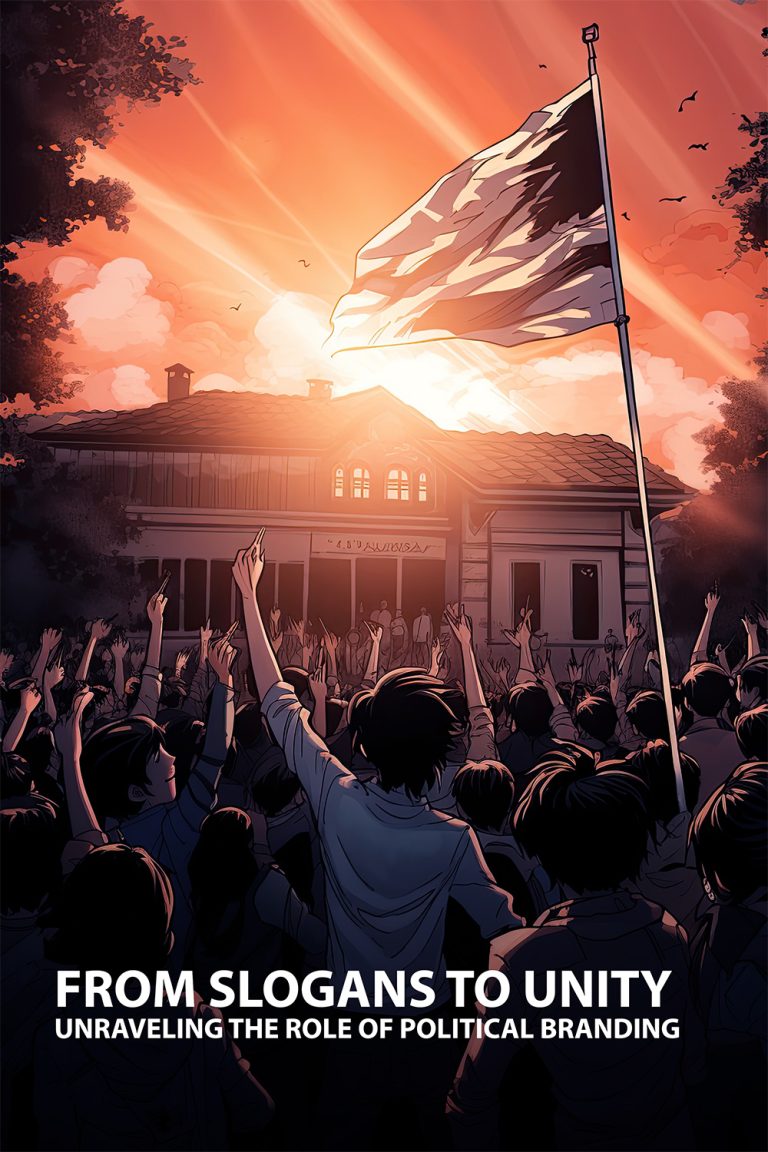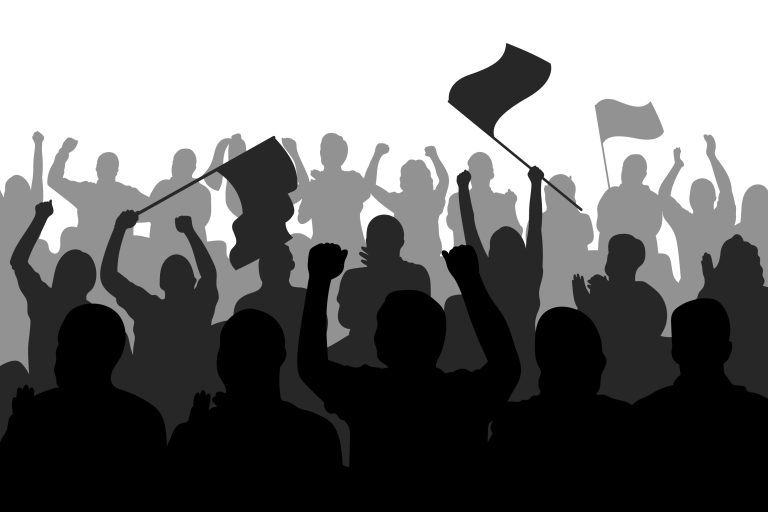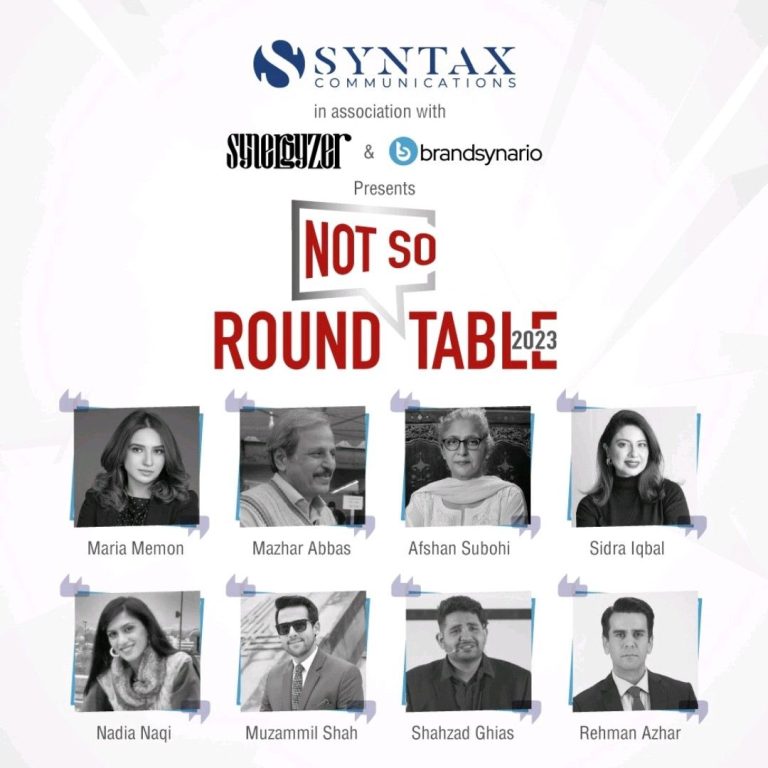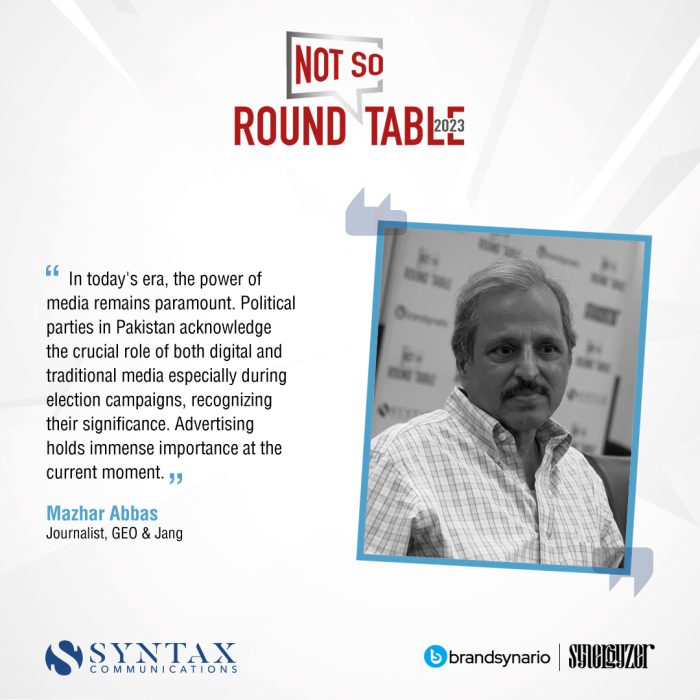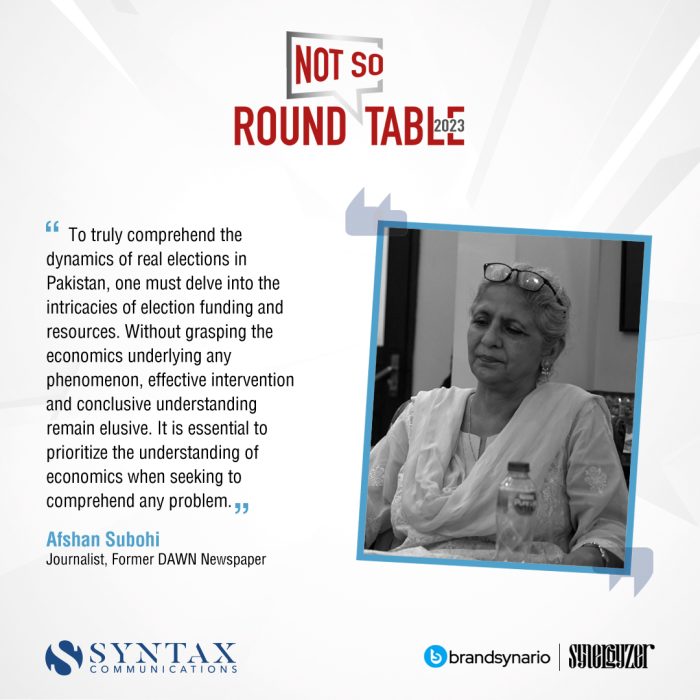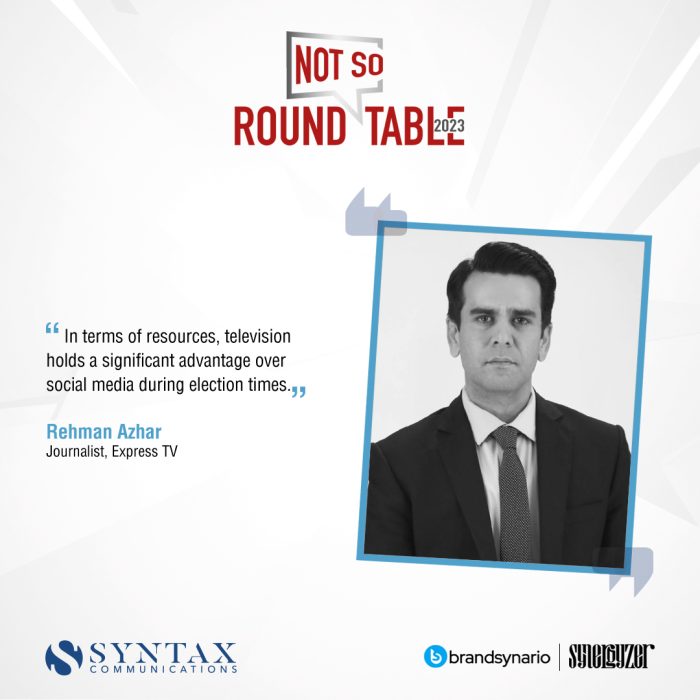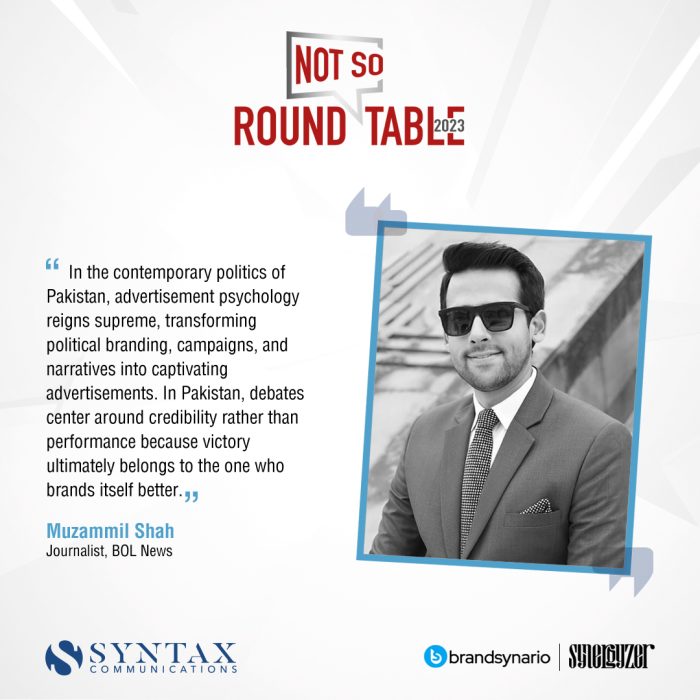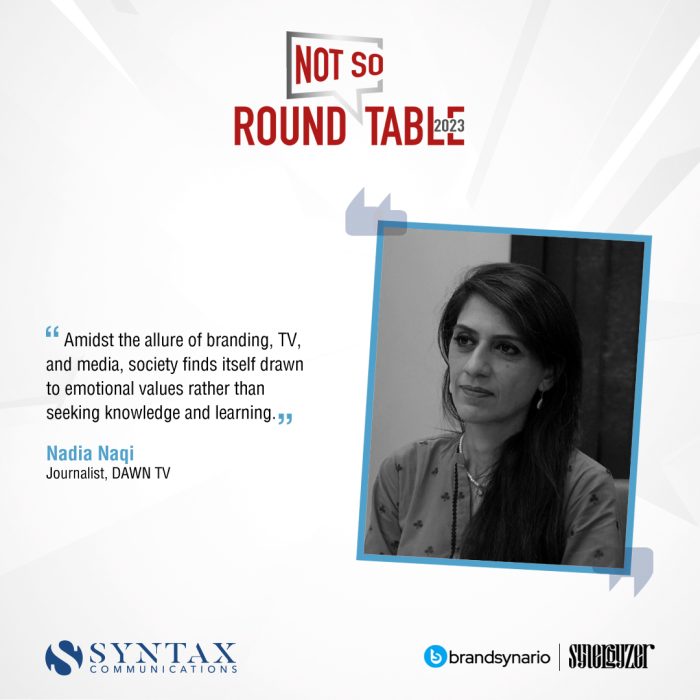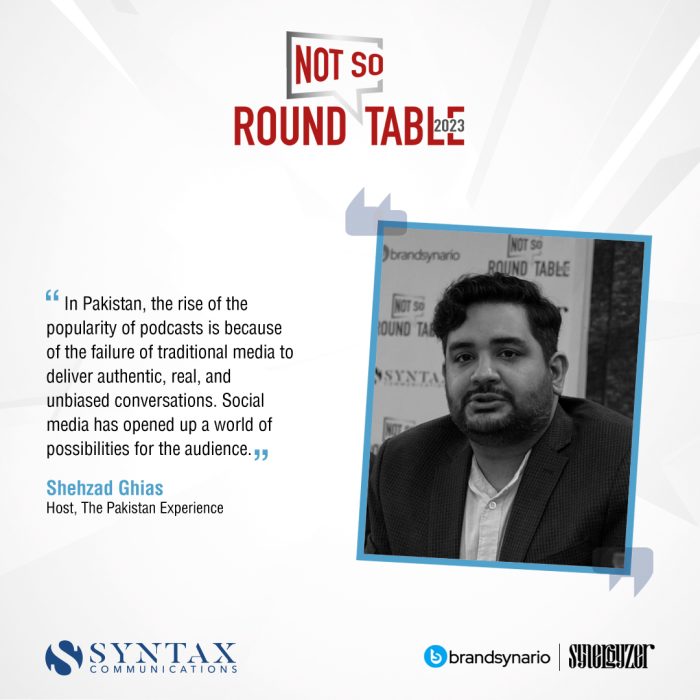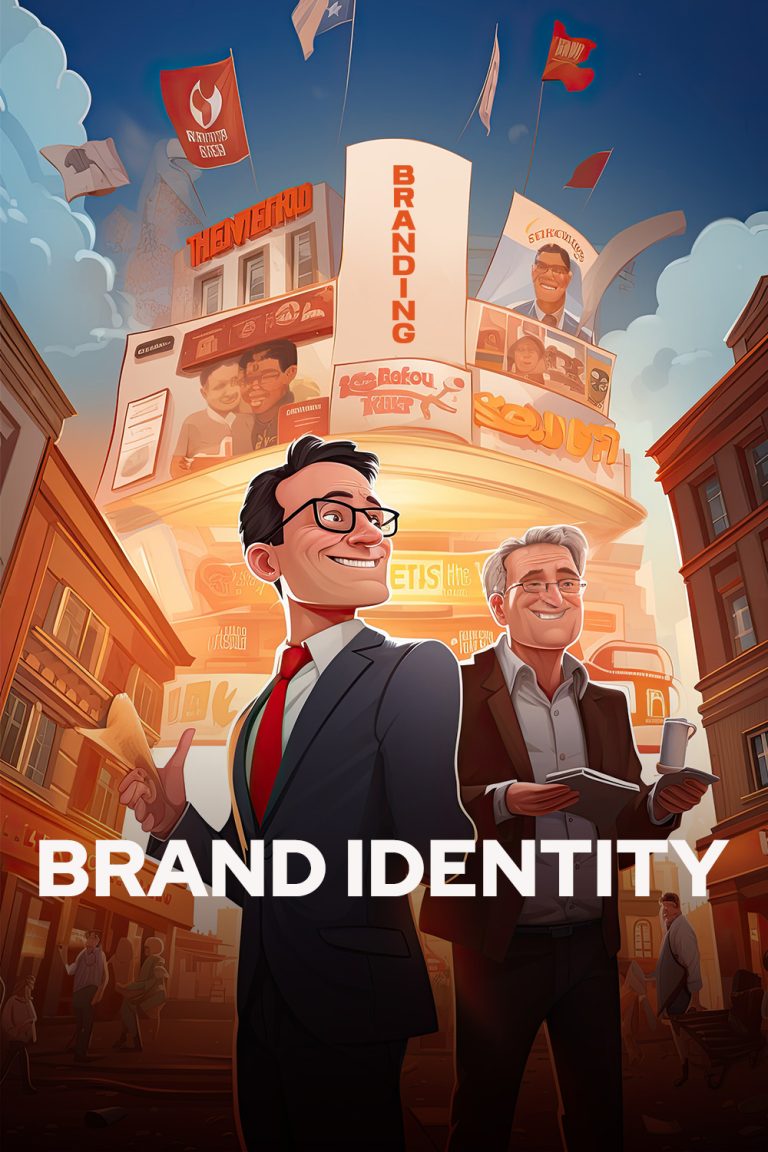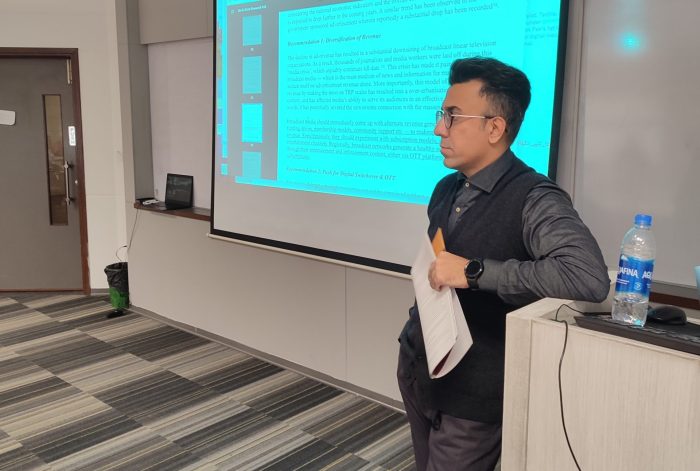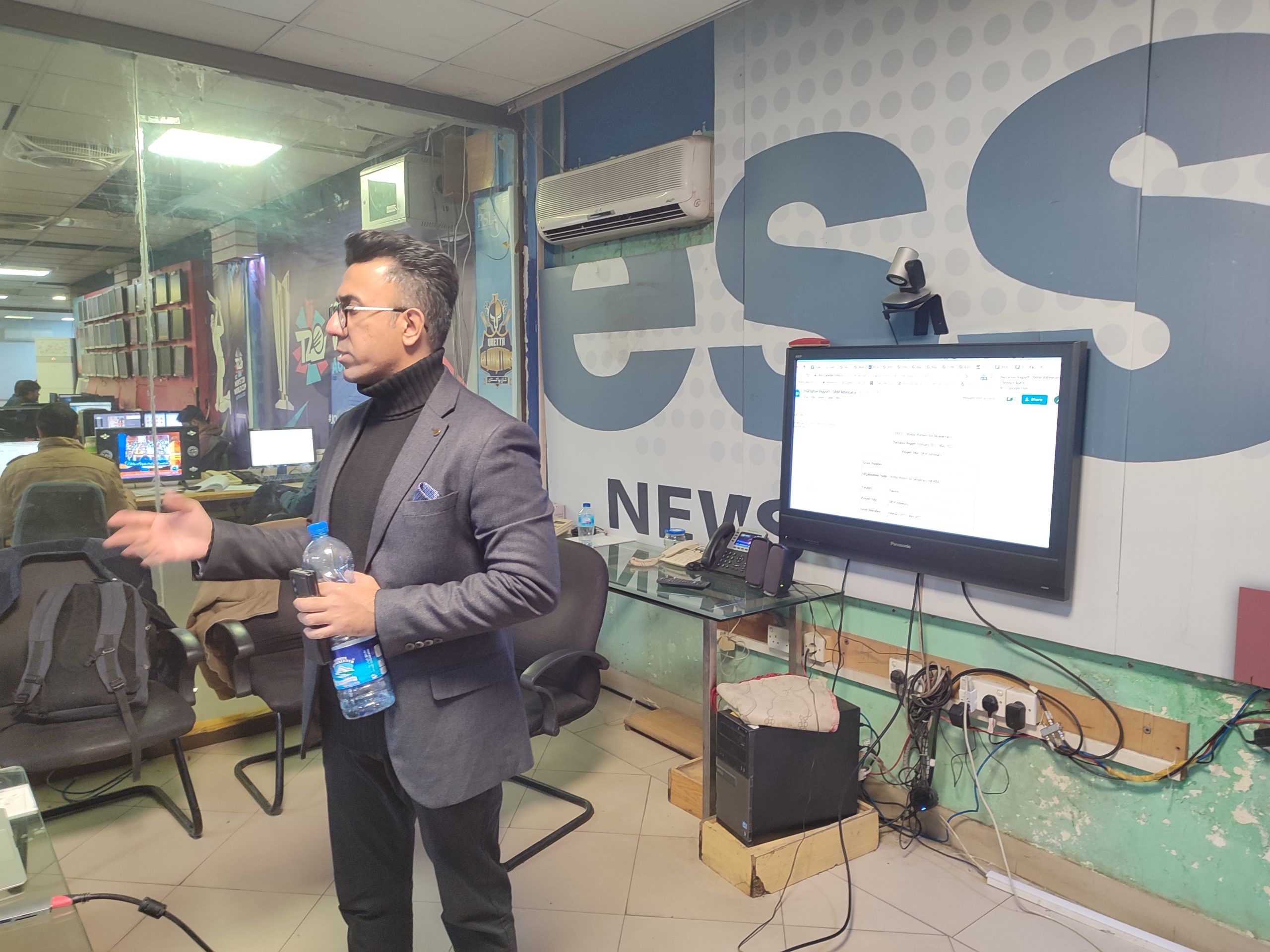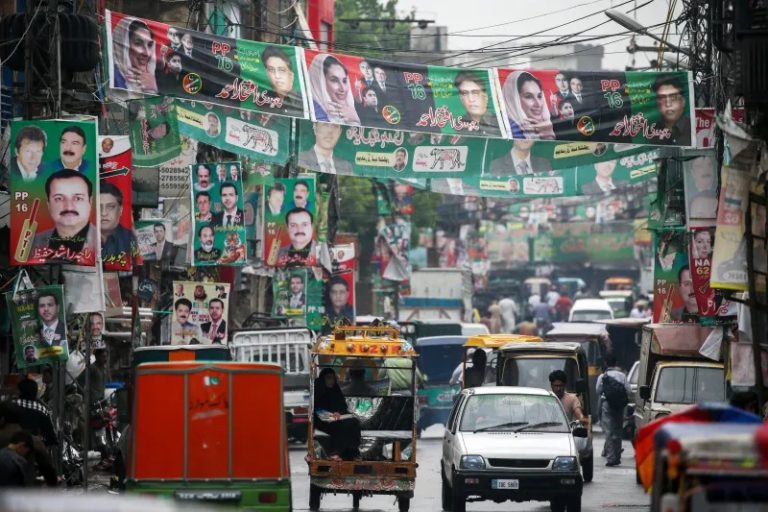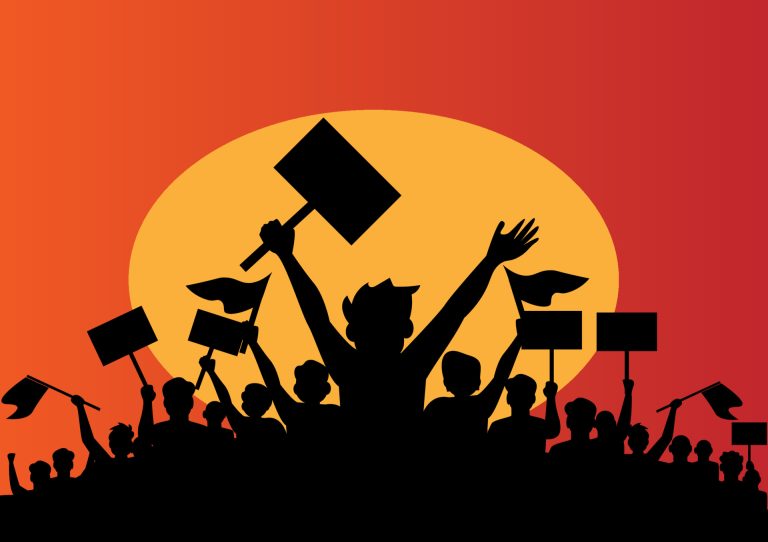If political marketing has been introduced as the art of convincing, then by tracing its origins back to the ideas of Aristotle or Plato, the roots of political marketing can be found in numerous historical sources. Phil Harris in 2001, suggested that the concept of political marketing emerged in the era of Machiavelli.
Political marketing is the planning, analysis, and selection process that aims to keep mutually beneficial relations between the political parties and the voters to reach the marketers’ political objectives. This is a scientific field consisting of a framework. However, Hughes and Dann have explained the definition of political marketing by explaining it as creating associations, evaluating the voters, and building and managing beneficial networks for their organizations along with their interests.
The field of political marketing is dynamic and evolving, amalgamating the principles of political marketing with the details of political campaigns. In recent years, the role of social sciences in political marketing has developed progressively as a significant one. The research of social sciences explains the psychological behaviours of the voters, the socio-political landscape, and public opinion, allowing political marketers to develop strategies that can help the candidate in the campaign.
The academic disciplines of social sciences studying human society and behaviour, including sociology, psychology, political science, economics, anthropology, and communication studies, offer theories, research methods, and data analysis techniques that can inform and enhance political marketing efforts. Fundamentally, this article focuses on the vital role of social sciences in political marketing, highlighting how it contributes to campaign planning, voter targeting, segmentation, persuasive message development, and campaign evaluation.
Psychologically, the voter in political marketing is contemplated as an organism receiving stimuli about the campaign, hence reaching out to predispositions to respond. The variables in the study of voter behavior consist of age, occupation, sex, race, income, lifestyle, family size, etc. However, specific variables are also used, such as the number of times the voter supported the same political candidate and the things the voter liked the most in the candidate, etc. The groups have been targeted by the voters, and then they are offered what they require in the campaigns in order to get the desired results. The behavior of the voter has been studied as part of the decision-making procedure in order to engage in a specific action, such as voting consisting of the process that precedes and follows the act.
In developed countries, one of the main aspects of the increasing influence of social sciences in electoral campaigns involves the systematic utilization of (big) data, whether generated internally or collected from external sources. For example, in a single year, such as in 2012, political parties in the United States allocated millions of dollars to acquire data encompassing voter turnout history, socio-demographic details, online browsing behaviour, magazine subscriptions, and various consumer purchases. These datasets were consolidated by specialized companies into a comprehensive report containing individual records for each American voter, consisting of numerous variables. This consolidated database predicted voter support for specific candidates, gauged their likelihood to vote, and identified areas with the highest potential for securing votes.
The historical evolution of political marketing started to gain prominence from ancient and classical periods i.e., Plato and Aristotle’s teachings, which laid the foundations of persuasive communications, resulting in political implications. Then, in the 17th and 18th centuries, the rise of representative governments and nation-states fetched new forms of political communications when the printed press played an important role in the dissemination of political ideas, such as newspapers and pamphlets.
However, in the 19th century, political parties were formed to gain power, so voting rights were expanded, and the parties started to adopt marketing tools and methods to attract voters by utilizing symbols or slogans.
Furthermore, the 20th century is actually the arrival of the mass media i.e. televisions and radios, which transformed the notion of political communications, such as when Adolf Hitler and Franklin D. Roosevelt utilized radio broadcasts to form and influence public opinions. Thus, the advent of mass media made persuasive speeches and the use of visual images the key components of political campaigns. Later, television advertising turned out to be a dominant platform for political marketing in order to reach a wider audience in the masses.
Dominic Wring, in 1996, appointed that, in the 20th century in Britain, the historical development of the marketing methods also presented and considered the United States as the real developer by highlighting the ways election campaigns were held in the 1960s and in the 1980s of United States at the time of Ronald Reagan stating that the principle marketing activities started in the election campaigns.
Finally, in the 21st century, the advent of digital technological advancements and the internet gave rise to another transformation of political marketing, where political parties started to utilize all social media platforms, websites, and other means to interact with voters directly. However, such digital methods and tools are used for data analysis, tailoring strategies via campaigns, and micro-targeting. The proliferation of advanced analytics and vast data have led political campaigns dependent on data-driven methods. Voter databases and demographic information are used to find target audiences and then shape the campaigns. Hence, data-driven political campaigns have enabled greater efficiency when it comes to persuading voters.
Social media, i.e., YouTube, Facebook, and Twitter, has completely revolutionized political communications. Now, it has become easier for candidates to engage with their supporters, mobilize the communities online, and amplify their messages. However, the rise of online activism has also taken place, enabling citizens to raise their opinions and support and challenge traditional methods and political narratives.
Tools and Techniques of Political Marketing
Conventional Methods of Political Marketing
Utilizing Celebrity Endorsements: In this approach, the practice of leveraging well-known famous personalities who can transfer their credibility, reputation, and popularity to political entities is used.
Comparative Advertisement: Using this approach, the candidate accentuates their strengths and highlights their rivals’ weaknesses to gain advantages.
Demonize Campaign Plans: This approach aims to portray the rival candidate negatively, aiming to uplift one’s own standing by putting the opponents, along with their supporters, on the defensive.
Exposing Actions of the Candidates: This strategy focuses meticulously on analyzing the attributes of the opponents, such as financial resources, personal life, or public statements, aiming to weaken the credibility of the opponent.
Pre-Election Awareness Campaigns: These are strategies where the election campaign period is prolonged, allowing political organizations to consistently maintain a comprehensive plan for engaging with voters and promoting their agenda.
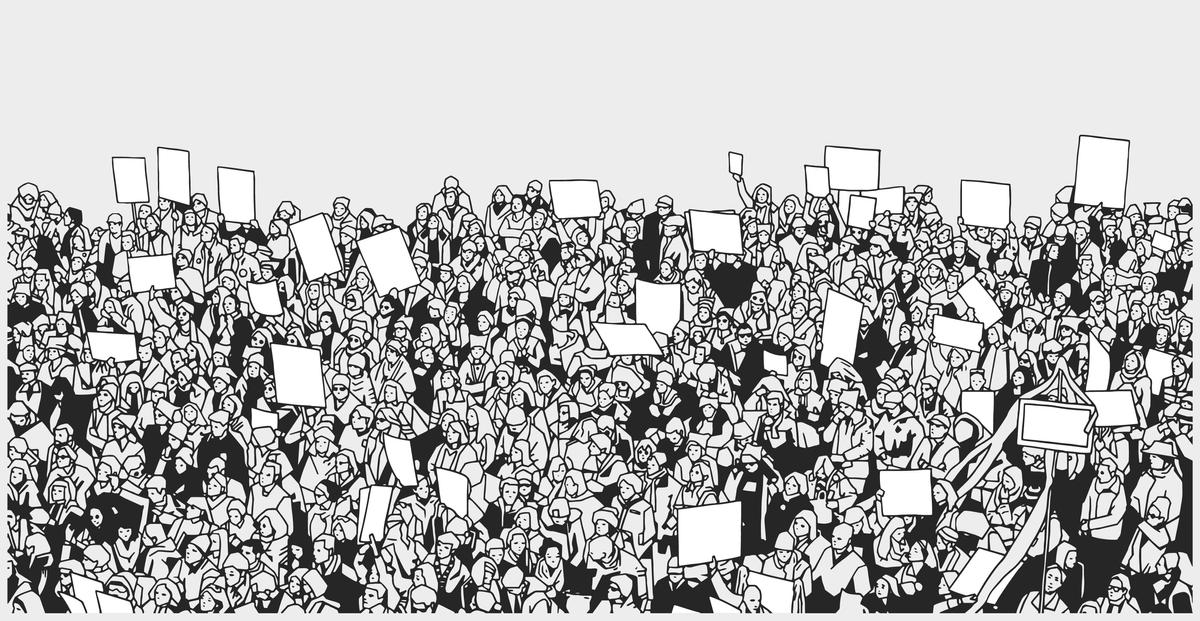
Modern Methods of Political Marketing
Network Advertisement: This approach refers to utilizing the IT network infrastructures, the internet in particular, in order to create connections with voters, simultaneously enabling internal party communications.
Use of Artificial Polls: This method involves utilizing unscientific surveys to accumulate inaccurate data and then promoting them publicly to engage with the public or collect financial support to eliminate an artificial issue.
Illustrations: This approach consists of the utilization of various visual mediums, including graphics, illustrations, and animations, in order to effectively convey messages and engage the audience.
Debate: In this method, debates are carried out with interactive dialogues in front of their supporters, and the opponents or their parties engage in a discourse, aiming to proclaim their own notions while countering the notions of their opponents through logical arguments with the presentation of supporting evidence.
Symbolizing: This approach encompasses numerous methods and representations that carry substantial meanings and evoke conscious or unconscious connections with wider perceptions.
According to the research by social sciences, the making and shaping of persuasive messages revolving around the campaign themes are done by studying the cognitive processes of the voter and the framing effects. By looking at these aspects, political marketers craft messages that further appeal to the beliefs, emotions, and values of the targeted audience that they have. The insights of the social sciences guide the choice of narratives, language, and imagery, which tend to resonate with the voters.
In conducting public opinion research for political marketing, social sciences play a significant role that consists of analyzing and measuring the opinions and behavior of the citizens. In contrast, survey designs, polling techniques, and statistical analysis are conducted to determine the public’s sentiment, identify the issues of the voters, and track the trends. Thus, the political candidates for their campaigns use this data in order to shape such strategies and form their messages accordingly. The voters have been divided up into segments, and this effective targeting has been done by the research of social sciences. The understanding of the psychographic factors, social networks, and demographic characteristics has been contemplated by political marketers who can determine the voter groups that explain the number of supporters. Furthermore, this allows outreach efforts and messaging tailored according to the needs of the different segments.
Many of the research methods are then used to carry out the evaluation of the campaign in order to test the effectiveness of the approaches used by using post-election surveys, data analysis, and focus group sessions in order to assess the failures and successes. However, the feedback helps in refining and shaping future campaign approaches.
Ethical considerations play a significant role in the entire procedure, as the research by the social sciences provides a framework in order to address all the ethical considerations in political marketing, which consists of transparency, questions regarding fairness, and the potential to manipulate campaign tactics.
In conclusion, the role of social sciences in political marketing is significant and inevitable, providing a solid foundation for understanding human behavior, societal dynamics, and public opinion, all of which are essential elements in the field of political marketing because they help in building up the understanding of voter preferences, behaviors and motivations leading to effective targeting of voters and tactics for the campaign.
Furthermore, this knowledge allows for the construction of targeted campaign approaches and the crafting of compelling messages along with engaging with the electorate. Moreover, the research also contributes to the evaluation of the results of the political campaign, helping political marketers assess the impact of their approaches used to gain the electoral results.
In the ever-changing realm of politics, where there is a constant adaptation to strategies and tactics, the role of social sciences in political marketing emerges as a crucial component, and its amalgamation will continue to play a significant role in fostering meaningful associations and shaping the political marketing strategies between candidates and voters.
